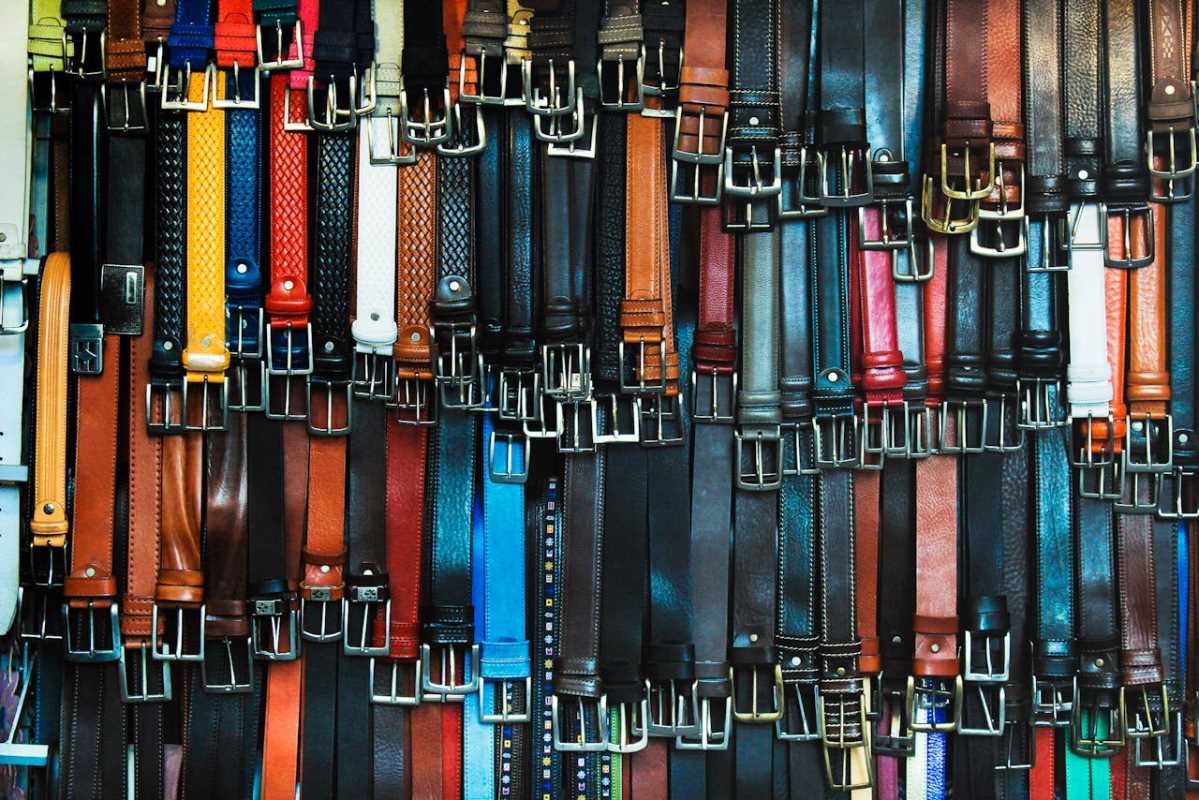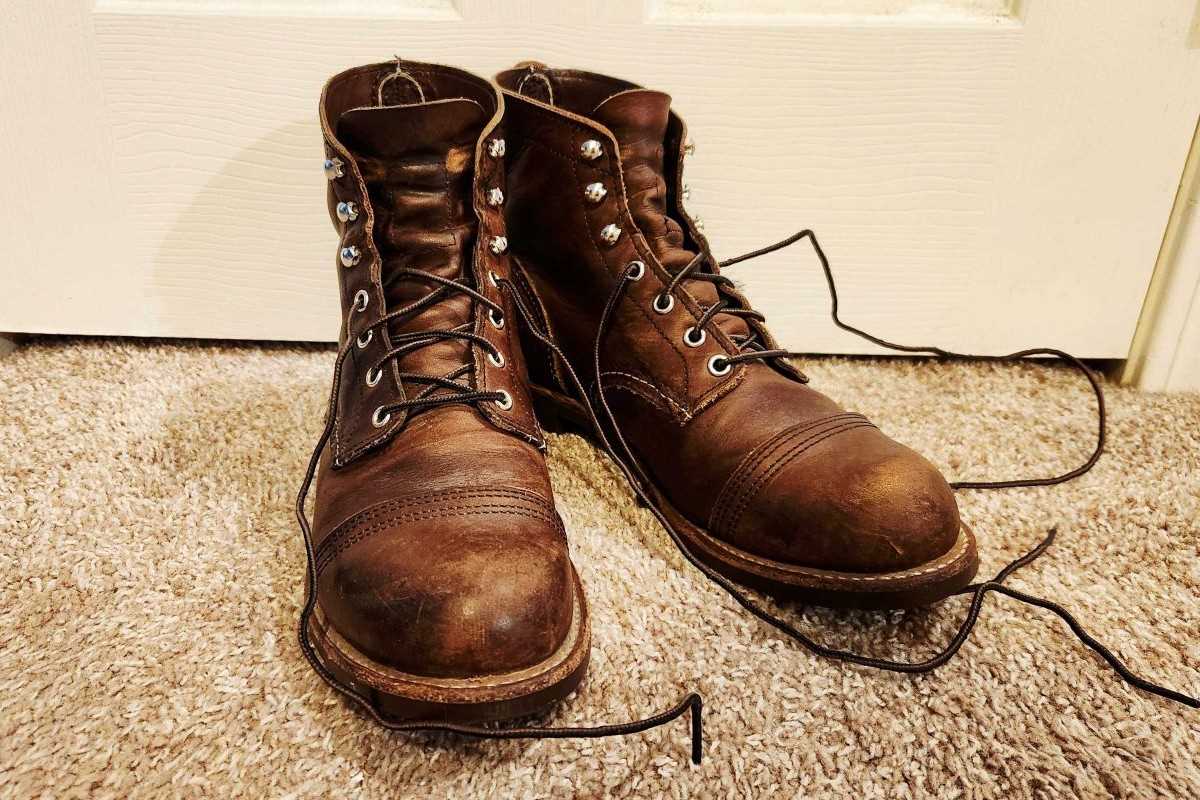Layering is one of the best style moves you can master—it’s the difference between just throwing on clothes and building an outfit that looks intentional and feels complete. Whether you’re facing unpredictable weather or want to stand out for all the right reasons, knowing how to layer shows you understand both style and practicality. The right combination of pieces lets you experiment with textures, colors, and proportions, so your look always feels fresh and individual—never basic or boring.
Layering is a skill that says you know how to dress with intention. It’s practical, sure, but it also adds a level of visual depth that a simple shirt-and-pants combo just can't match. For fans of vintage-inspired style, it's an absolute must. Think about it: workwear, military gear, and Ivy League style are all built on the foundation of smart layering.
So, let's break down how to layer like you know what you’re doing, turning basic pieces into an outfit that screams confidence.
So, let's break down how to layer like you know what you’re doing, turning basic pieces into an outfit that screams confidence.
The Basic Rules of Layering (That You Can Break)
Before you start throwing on everything you own, there are a few simple guidelines that can help. Think of these as a starting point, not a strict set of laws.
- Thin to Thick: This is the golden rule. Start with your thinnest layer closest to your body and work your way out to the thickest. For example: t-shirt -> button-down shirt -> sweater -> jacket. This traps air between the layers, which is what actually keeps you warm, and it prevents you from looking bulky.
- Mind Your Lengths: Each layer should be visible. A common technique is to have each successive layer be slightly longer than the one before it, but you can also play with this. A shorter jacket over a longer shirt can look great. The key is to make sure the different lengths look intentional.
- Mix Textures: This is where the magic happens. Combining different textures—like a soft flannel, a rugged denim, and a smooth wool—is what makes a layered outfit so visually interesting. It stops the look from feeling flat and one-dimensional.
Key Pieces for Your Layering Arsenal
To build great layered looks, you need the right building blocks. These are the versatile, timeless pieces that form the backbone of a vintage-inspired wardrobe.
The Essential Base Layer: Henleys and Tees
Every great layered look starts with a solid foundation. A high-quality t-shirt or a classic henley is the perfect starting point. A henley, with its buttoned placket, adds a bit more visual interest than a standard tee and has deep roots in classic workwear.
- How to Style It: Your base layer is your first step. Keep it simple and well-fitting. A white, grey, or black tee works with everything. A henley in a natural color like cream, olive, or navy is a versatile choice that looks great on its own or under other layers.
The Mid-Layer MVP: Flannel & Chambray Shirts
This is your main opportunity to add color, pattern, and personality. A button-down shirt worn open over a base layer is the classic layering move.
- The Flannel Shirt: A good plaid flannel is a must-have. Its soft texture and rugged pattern are perfect for a country or workwear aesthetic. Worn open, it acts like a light jacket.
- The Chambray or Denim Shirt: A lighter-weight alternative to flannel, a chambray shirt offers a dose of classic Americana. It’s a great way to play with the denim-on-denim look without it feeling overwhelming.
Pro Tip: Wear your flannel or chambray shirt open over a graphic tee for a relaxed, 90s-inspired vibe. For a cleaner look, button it up under a jacket and let just the collar and cuffs show.
The Power Player: The Denim Jacket
The denim jacket is one of the most versatile pieces a man can own. It’s tough, timeless, and works in almost any season. As a middle or top layer, it adds a rugged texture that contrasts beautifully with softer fabrics like wool or fleece.
- How to Style It:
- The Classic: Throw a denim jacket over a hoodie for a look that is comfortable, warm, and effortlessly cool. This is a go-to combo for a reason.
- Dressed Up (Slightly): Try layering a denim jacket over a button-down shirt and a thin knit tie. Paired with chinos, it’s a smart-casual look that breaks the rules in all the right ways.
- Under a Coat: On colder days, wear your denim jacket as a mid-layer under a bigger wool overcoat. The contrast between the rugged denim and the formal coat is a serious style move.
The Secret Weapon: The Vest (or Gilet)
A vest is a layering secret weapon. It provides core warmth without adding bulk to your arms, giving you freedom of movement and a streamlined silhouette.
- The Puffer Vest: A lightweight down or synthetic puffer vest adds an outdoorsy, gorpcore element to your look. It looks great over a flannel, a thick sweater, or even a denim jacket.
- The Work Vest: A canvas or waxed cotton vest adds a touch of rugged utility. Think of brands like Carhartt or Filson. This piece looks incredible over a simple chambray shirt or a thick henley.
Styling Example: For a perfect fall look, try a cream-colored henley, a red plaid flannel shirt worn open, and a navy puffer vest on top. Pair with dark jeans and boots.
The Finisher: The Overcoat or Parka
Your final layer is your statement piece. It’s what protects you from the elements and ties the whole look together.
- The Wool Overcoat: A classic wool overcoat in a color like camel, charcoal, or navy adds a touch of sophistication to any outfit. The magic is in the high-low mix: throwing a formal coat over a super casual outfit (like a hoodie and jeans) is the peak of modern, confident style.
- The Parka or Field Jacket: For a more casual, military-inspired vibe, a field jacket or parka is a great choice. Its multiple pockets and durable fabric make it practical, while its historical roots give it an authentic feel.
How to Style It: Let your overcoat be the hero. Wear it over a fully layered outfit—for example, a tee, an open button-down, and a denim jacket. The mix of lengths and textures will look incredibly dynamic.
 (Image via
(Image via





